“Mom, what can we do?” is a question I hear almost every day. I like to teach my kids through play, using meaningful activities that engage their curiosity and energy. My kids enjoy crafting, playing pretend, and making up their own games. These educational activities and toys are a great way to encourage kids’ creativity, learning, and creative skills in fun and simple ways.
Interactive Pretend Store
My kids love playing pretend, especially when their games resemble real-life experiences. Some of their favorite activities include running a pretend store, hosting a garage sale, or setting up a lemonade stand. One of our favorite toys for pretend play is this kids cash register from The Learning Journey. It’s a fun way for kids to practice buying and selling using pretend money. The working calculator helps kids add up totals, and they can swipe the plastic credit card or use the paper bills and plastic coins to make change. It’s a great way to build math skills in a hands-on, playful setting.
Try this yourself! To create a store at home, kids can gather toys or small items from their bedrooms, arrange them on a table, and make simple price tags out of paper. Once everything is set up, the whole family can take turns visiting the store to shop.
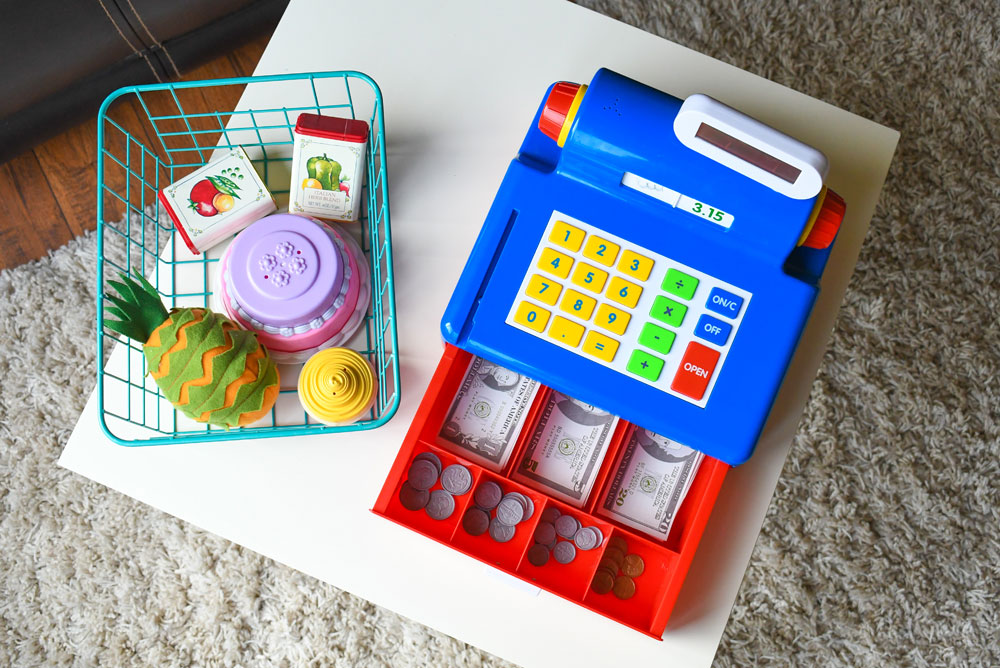
My kids love taking turns as cashier and customer. They ring up pretend groceries or their favorite stuffed animals. Additionally, they’re learning real-world money concepts at the same time. Using the cash register is a fun way to reinforce what my kids are learning in school, such as how to make change for a dollar using quarters, dimes, nickels, and pennies. Best of all, when we visit an actual garage sale, my kids are ready to put their money skills into action.
The Learning Journey makes many interactive toys like this that teach kids how to learn through play. I love finding toys that help my kids explore the world in fun and practical ways.
Potato Stamp Art
Furthermore, creating art is a great way to teach kids through play. Making potato stamp art is a fun way to use color, simple sculpting, and attention to detail to create original art.
Supplies: 2 potatoes, a small paring knife, colorful craft paint
To make your own potato stamp art, start by gathering a few potatoes, a small paring knife, and several colors of craft paint. Slice each potato in half to create a flat stamping surface. Then, use the knife to carefully carve a simple shape into the cut side of the potato. This could be a heart, star, or triangle. Once your stamp is ready, dip it into a thin layer of paint and press it firmly onto a clean sheet of artist paper. Repeat with different shapes or colors to create an eye-catching pattern or design.
This easy activity is great for kids and makes beautiful handmade paper you can use for wrapping gifts, making cards, or displaying as colorful artwork!
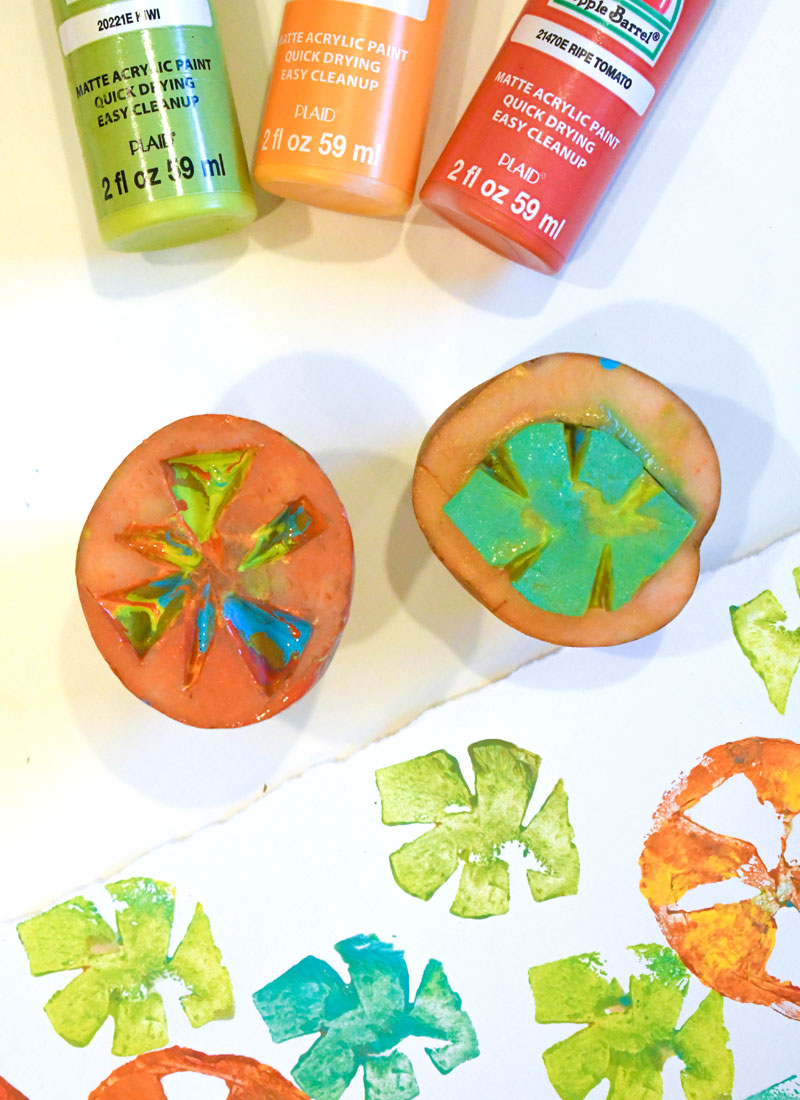
Creative Science! Teach Kids Through Play
Another artistic science project combines kids’ love for playdough, experimentation, and being messy. I can’t tell you how many times my kids have mixed things together just to see what will happen. Kids can make playdough volcanos using their favorite colors of playdough and watch baking soda and vinegar bubble over onto a tray.
Playdough Volcano
Supplies: playdough, a tray, baking soda, vinegar
To make a playdough volcano, first form a mountain-like sculpture with a crater in the middle. Position the dough volcano in the middle of the tray. Scoop a quantity of baking soda into the crater of the volcano. When you’re ready, pour a small quantity of vinegar onto the baking soda and watch the playdough volcano bubble over! Check out our full tutorial to make your own playdough volcano, which is a fun and hands-on science project for kids!
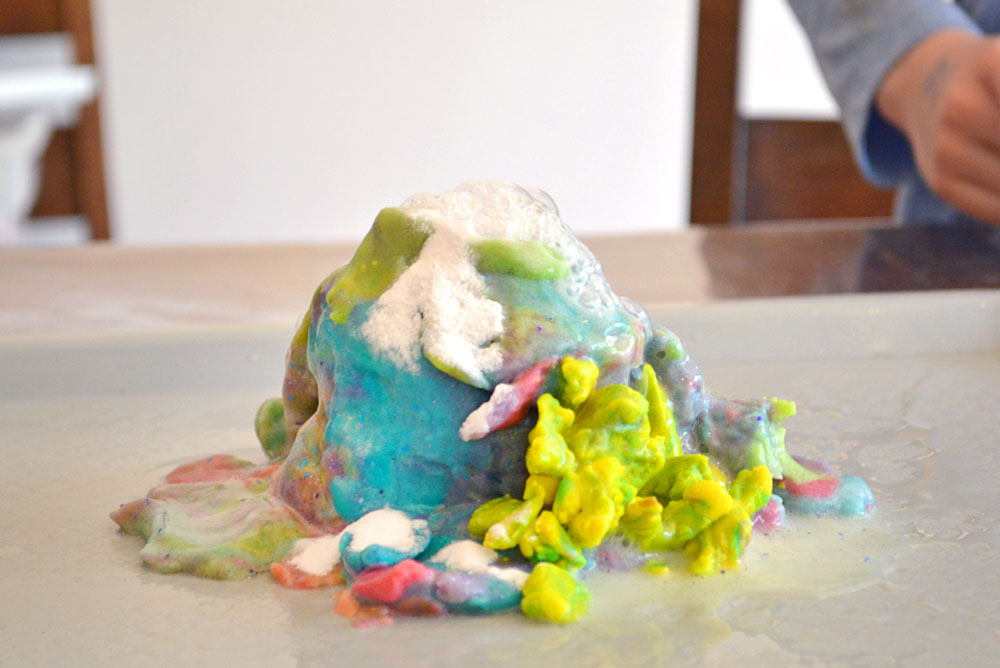
Kids will love repeating this playdough volcano activity again and again. They can also experiment with different amounts of vinegar and baking soda to see how the reaction changes. When finished, simply dab the volcano dry with a paper towel and save the playdough for future use.
Homemade Playdough
Speaking of playdough, it’s easy to make your own sensory dough at home with just flour, water, and salt. Try our simple DIY playdough recipe to mix up a rainbow of colors that kids will love. Kids can even help with the process by choosing colors, mixing ingredients, and sculpting their own creations.
Homemade playdough keeps well for several months when stored in an airtight container. The salt acts as a natural preservative, helping it stay fresh. Furthermore, you can customize your dough with as many colors as you’d like. For extra fun, try adding an essential oil that releases a soothing fragrance. Alternately, you could mix glitter into your homemade playdough for a bit of sparkle during sensory play!
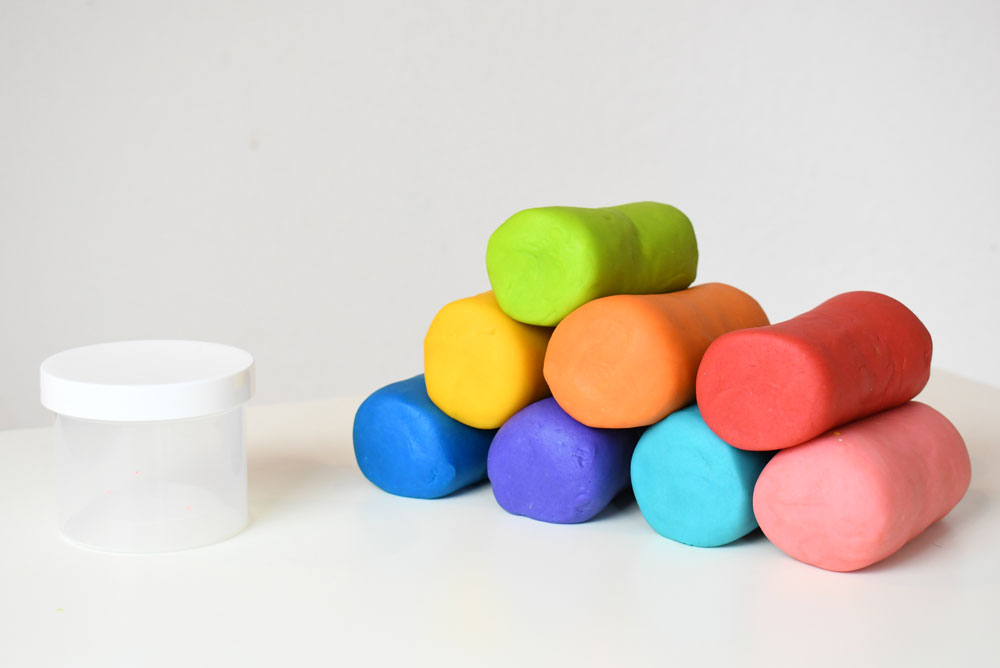
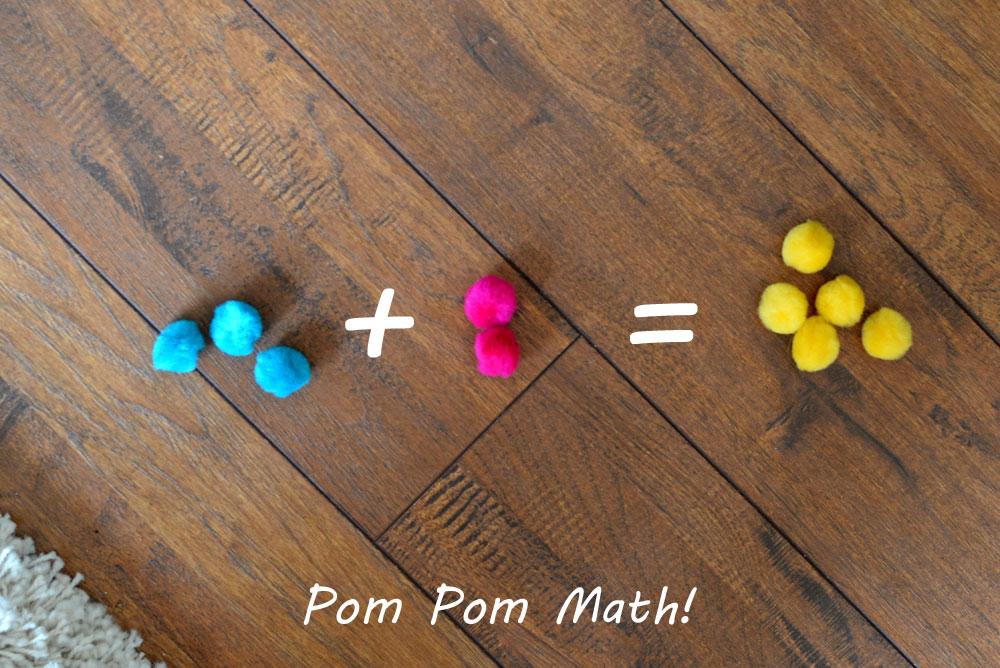
Math with Pom Poms
Additionally, learning with pom poms is both a fun and educational activity for kids of all ages. Toddlers can enjoy the soft textures while safely playing with large 3-inch pom poms. Older kids can practice counting and sorting smaller pom poms by size or color. For elementary-age children, pom poms make great hands-on tools for learning basic addition and subtraction. Turning math into a game helps kids stay engaged and understand new concepts more easily.
Pom poms are also great for exploring colors. These fuzzy balls come in bright, eye-catching packs and a wide range of hues. Kids can sort pom poms by color family, and learn about primary, secondary, and complementary colors. Sorting pom poms is a colorful way to teach kids through play!
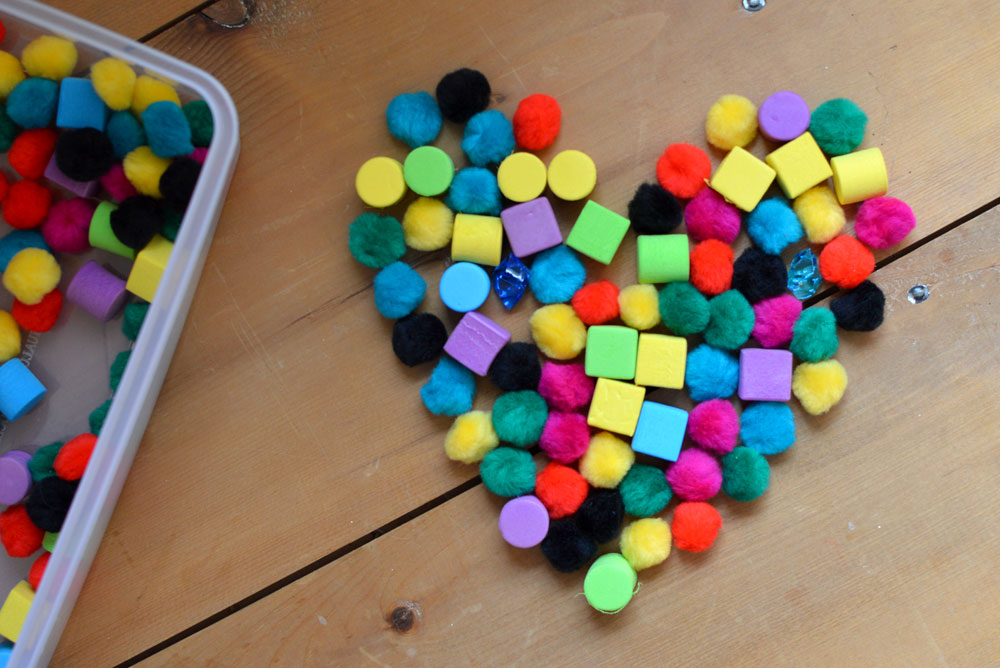
Overall, I think creative play is one of the best ways for kids to learn and grow. Whether they set up a pretend store, stamp colorful art with potatoes, or make playdough, these hands-on activities help build important skills. Through play, kids can learn problem-solving, creativity, and independence. With a few simple supplies and a little imagination, playtime can become a fun and meaningful part of your child’s learning journey.
Hi, I’m Katie! I live with my husband and 4 kids in Coeur d’Alene, Idaho. I love Jesus, coffee, creative projects, photography, and traveling. I’ve previously worked as a web designer, journalist, and barista. I hope you enjoy our creative projects and family adventures!

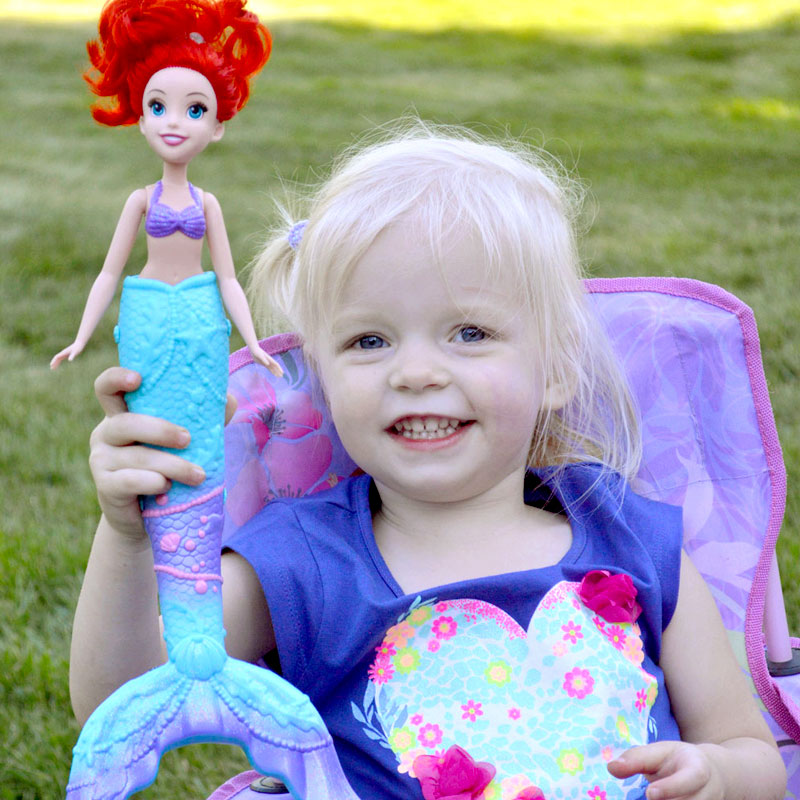
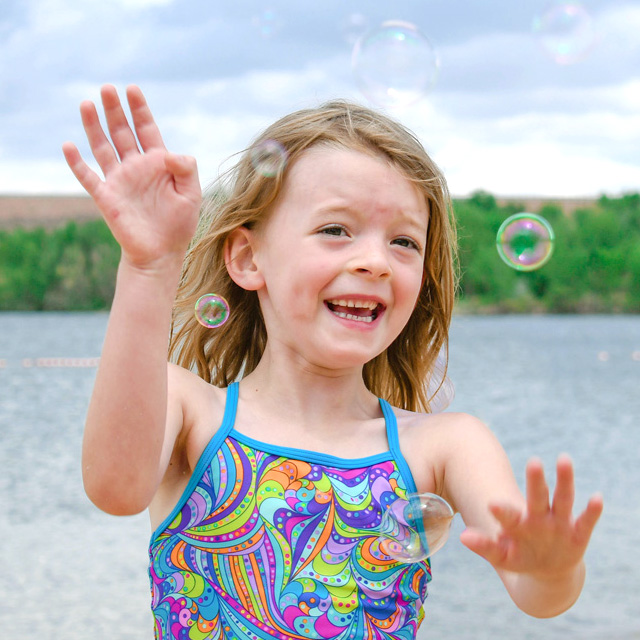
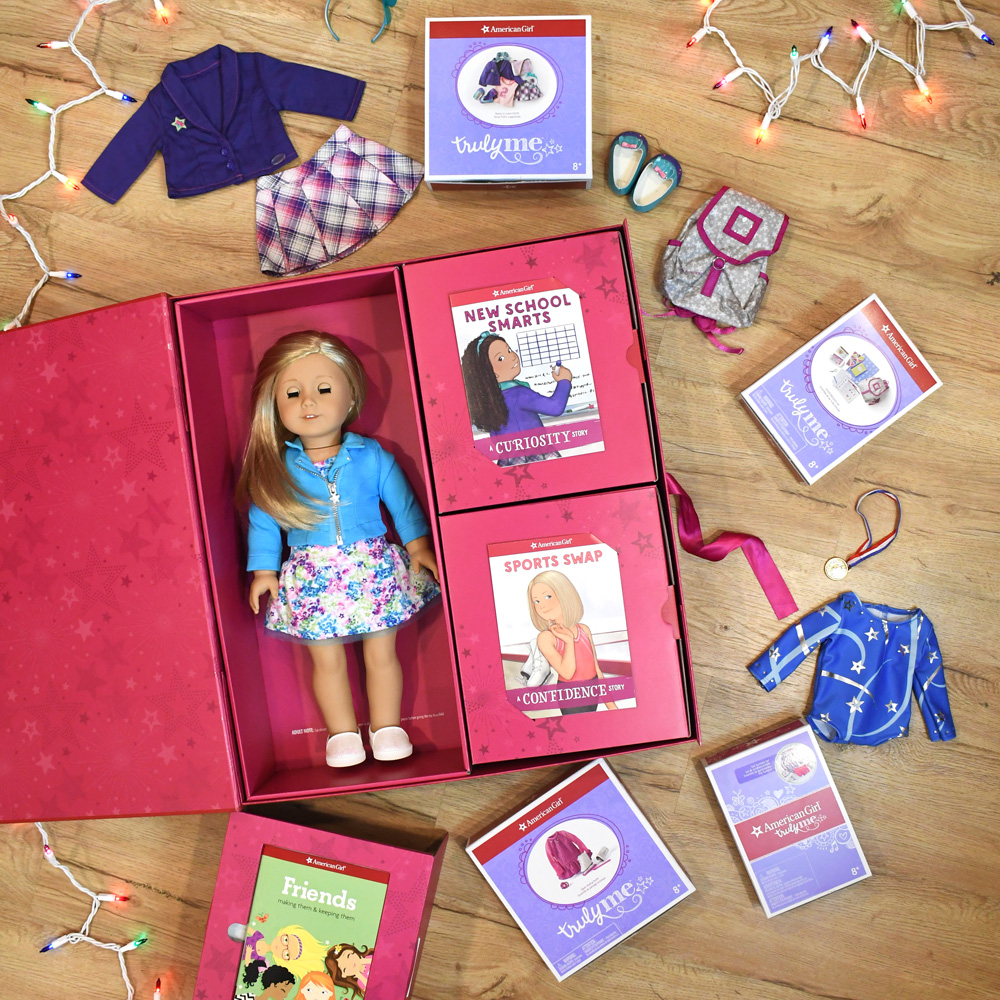
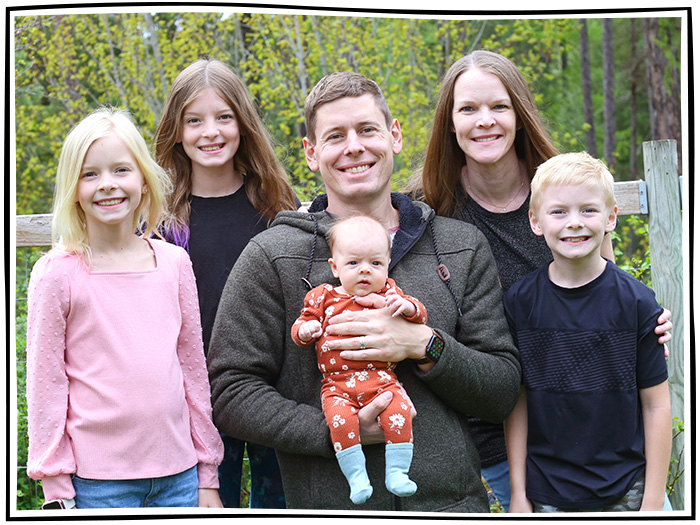
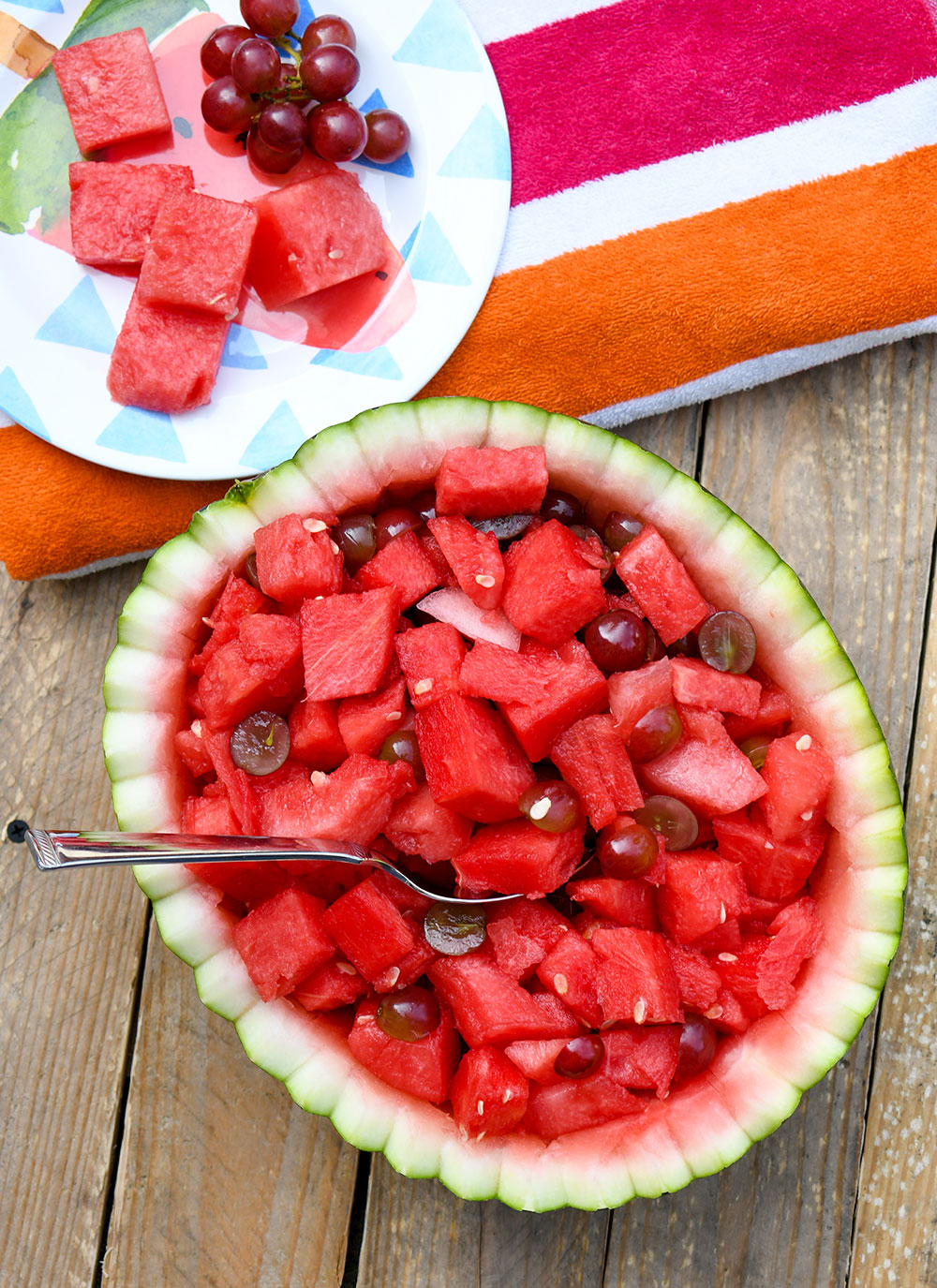 See our creative projects, kids activities, & party ideas »
See our creative projects, kids activities, & party ideas »
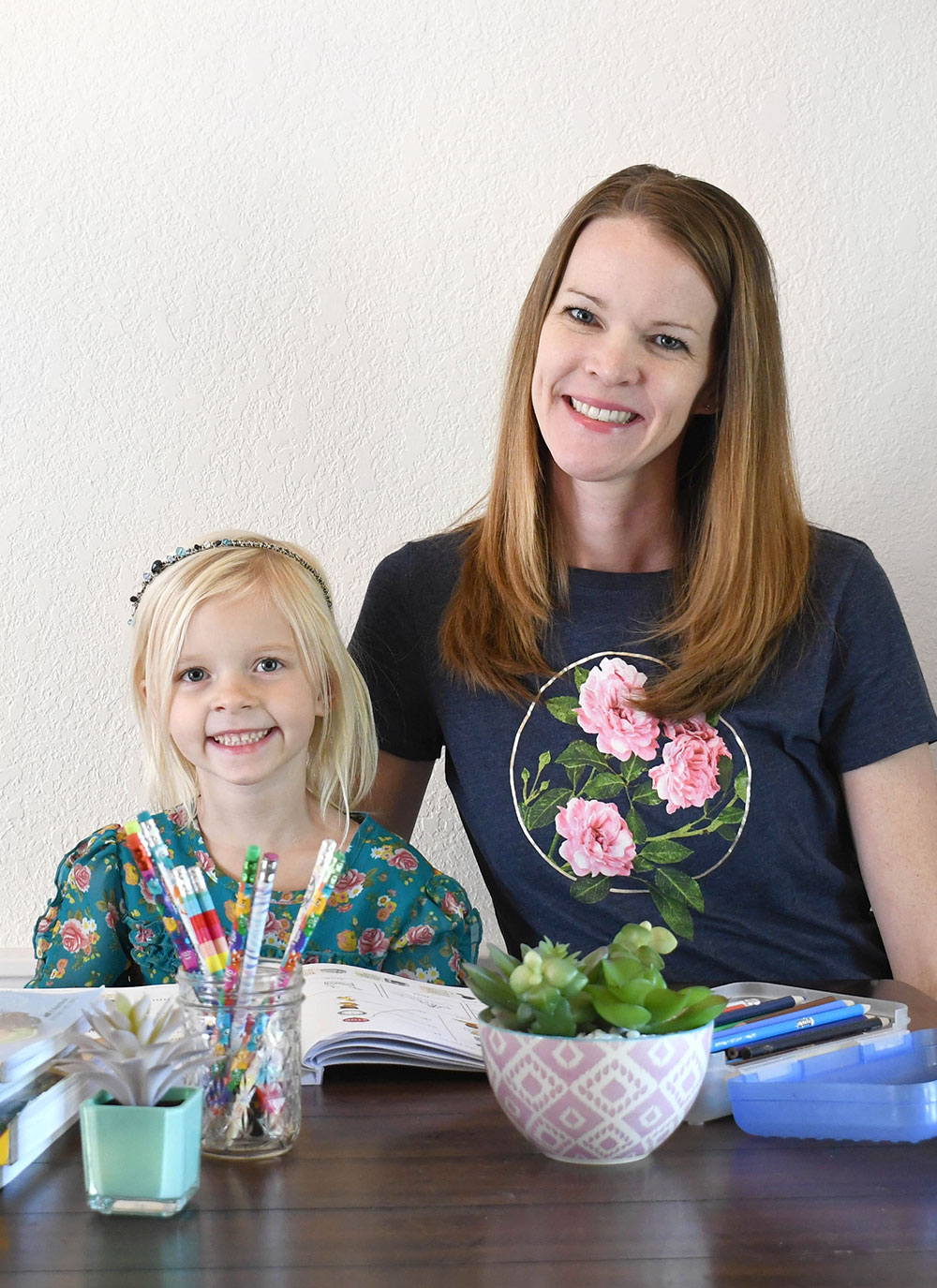 Homeschool Tips & Ideas »
Homeschool Tips & Ideas »
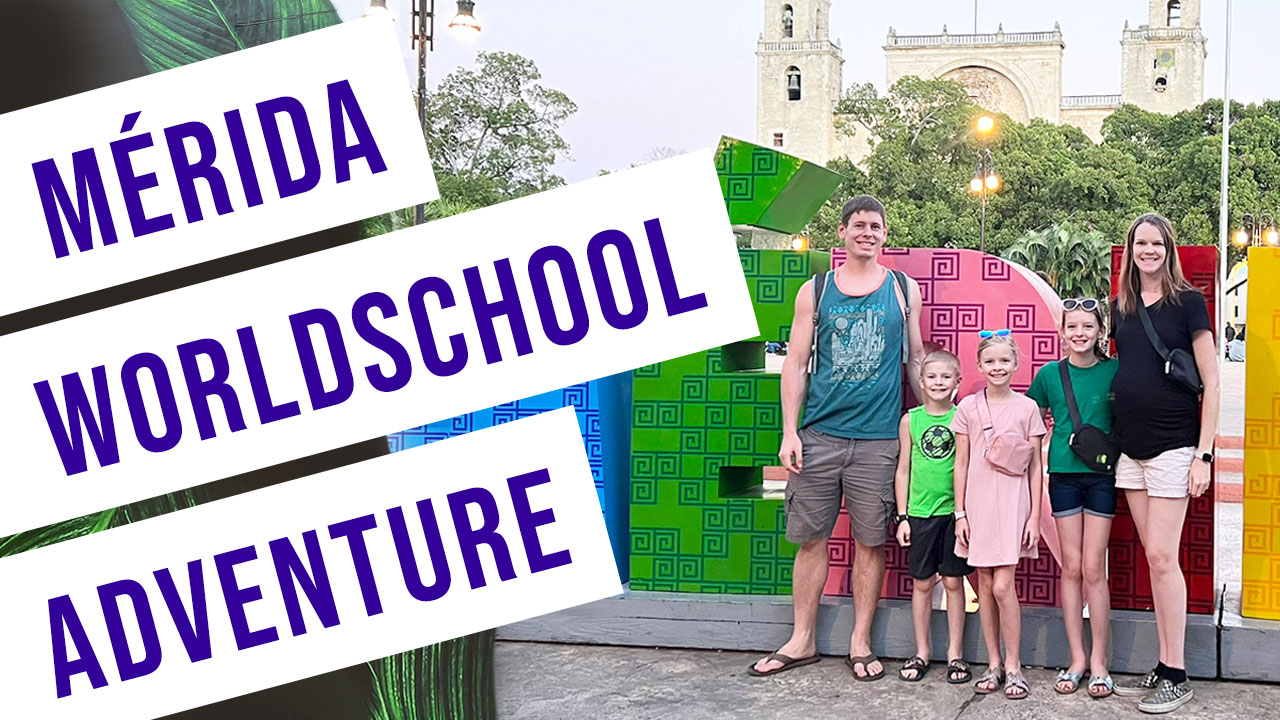 @createplaytravel on YouTube »
@createplaytravel on YouTube »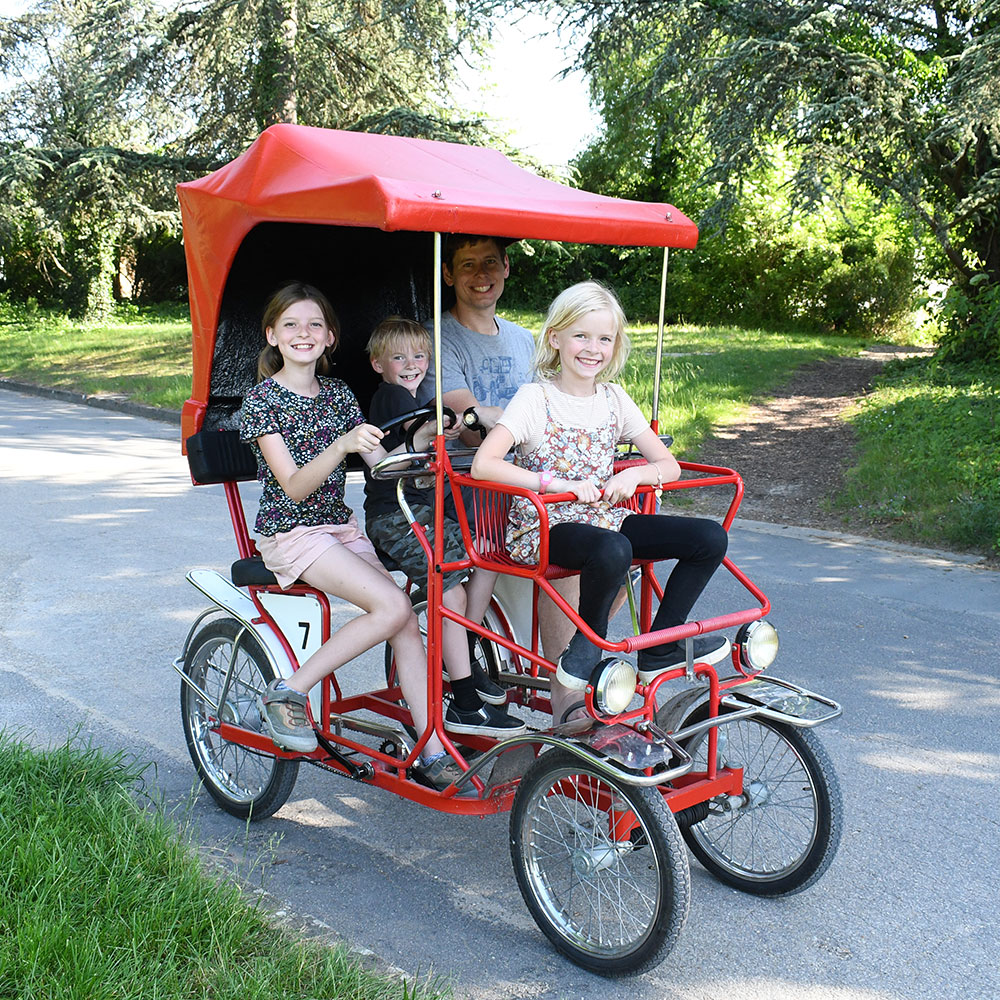 Europe with Kids Video Episodes »
Europe with Kids Video Episodes »

We are all for educational toys and always happy to try new stimulating toys for the baby.
Thanks for sharing about these nice kids educational activities! It will be helpful to many who are searching for inspiration.
We used to love making busy boxes and anything sensory and messy play gets my vote – great ideas!
I loved getting educational toys such as the ones you have featured when my kids were little as I think it helped them learn a lot more quicker than toys that were just for play.
These are wonderful ideas! From cubic playset to cash register to potato stamp art, all look creative, educational and pure fun 😍 Loved reading this post 💕
looks like wonderufl toys and so eductaional too! absolutely in love
Loved the sensory box. First time I see it that way, my nephews have tons of toys in a box and now I understand their fascination for them.
I remember those times – I’m now being emotional:)) thanks for sharing – as an experienced mom I can say those are all great choices;)
I remember doing these fun activities when I was young! My favorite was the “store owner” doing money changing and grocery shopping!
These are really great. Getting kids to love to learn new things, is so important. Making it fun always makes it easier for everyone.
thanks for this sharing, inspiring as a great kids educational tips to me, gonna check these amazing tips that you have shared. lovely captures. cheers, siennylovesdrawing
Playdoh and paint were two of my favorites as a kid. Anything creative I loved and reused constantly.
The playdough certainly makes a perfect choice for kids. They get to experiment and create things from the playdough.
I don’t have any kids but always looking for educational toys for my 4 year old niece 🙂
I love activities that keep my little ones learning and engaged. Also really nice when they are not proclaiming they are BORED!
These are great ideas. I think it’s so important to get kids excited about learning early, and the best way to do that is to make it fun.